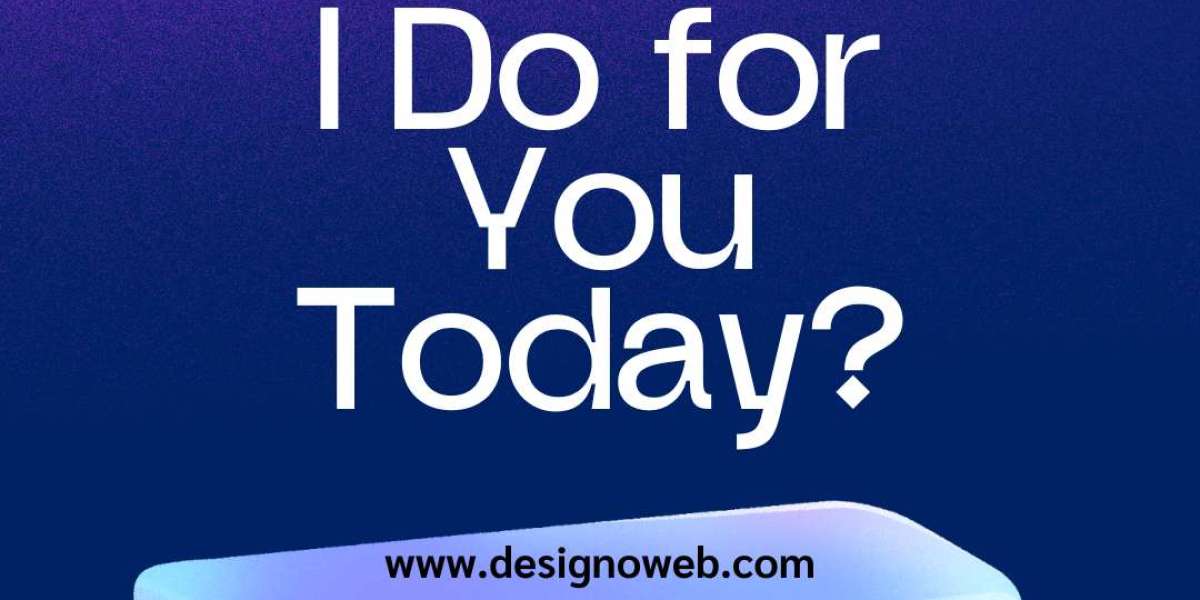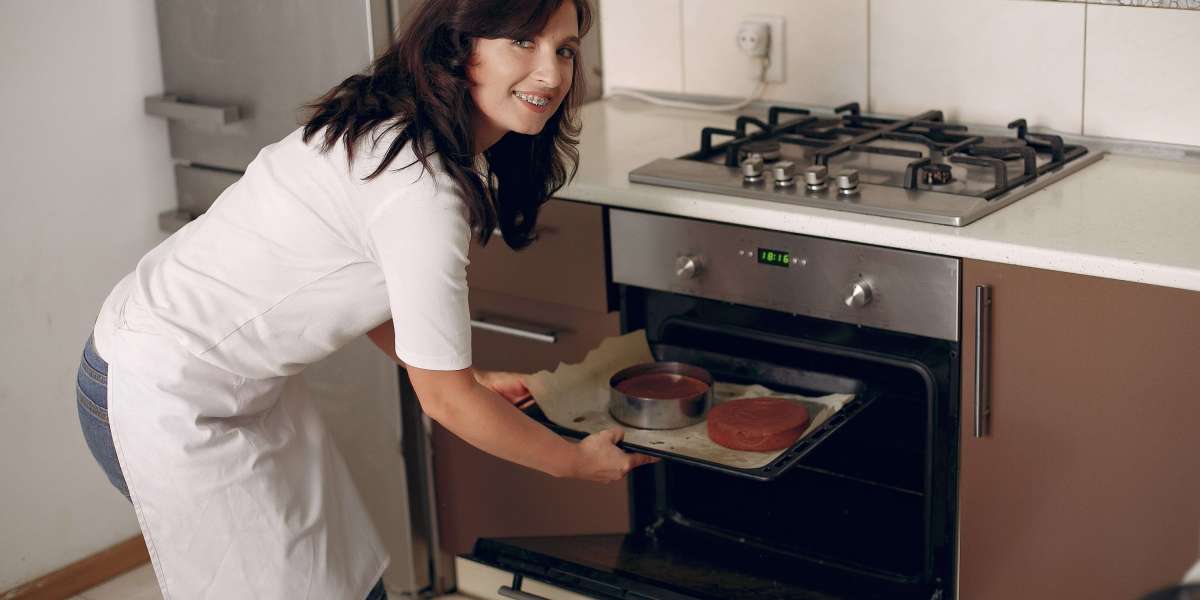In today’s fast-paced manufacturing and product development landscape, 3D product design has emerged as a game-changer. From consumer electronics to automotive components and medical devices, the ability to visualize, simulate, and iterate products in a digital environment has revolutionized the way businesses operate. This transformation is largely powered by advanced tools and techniques that make 3D product design services more efficient, cost-effective, and accurate. This article explores the top tools, methods, and best practices used by every successful 3D product designer today.
Importance of 3D Product Design in Development
Before diving into the tools and techniques, it’s important to understand why product 3D design holds such importance. Traditional design processes relied on 2D sketches and physical prototypes, which were often time-consuming and prone to error. In contrast, 3D design offers visual clarity, real-time modifications, and better collaboration between engineers, designers, and clients.
The role of 3D product design extends beyond mere visualization. It allows for precise simulations, easy error detection, improved communication across teams, and shorter time-to-market. For companies offering 3D product design services, this translates into a competitive edge that ensures innovation, accuracy, and client satisfaction.
Essential Tools for 3D Product Development
Modern 3D product development is largely dependent on digital tools. Here are some of the most widely used and effective software tools in the industry:
1. SolidWorks
One of the most recognized names in 3D product design, SolidWorks is known for its intuitive interface and powerful modeling capabilities. It’s ideal for mechanical parts and assemblies, offering simulation, motion analysis, and design validation.
2. Autodesk Fusion 360
Fusion 360 offers a cloud-based platform that integrates CAD, CAM, and CAE tools. It enables 3D product designers to collaborate in real time, making it a go-to choice for remote teams or design firms.
3. PTC Creo
Creo is another top-tier tool for product 3D design, especially in industries like aerospace and automotive. It supports parametric modeling, simulation, and additive manufacturing, making it suitable for both concept and production stages.
4. Blender
While not traditionally used for mechanical design, Blender is gaining popularity in product visualization due to its excellent rendering and animation capabilities. For 3D product design services that require aesthetic presentations, Blender is a powerful asset.
5. Rhinoceros (Rhino)
Rhino specializes in freeform modeling, which is great for industrial design and consumer products. When flexibility and surface control are priorities, Rhino delivers exceptional results.
Techniques That Enhance 3D Product Development
Using the right tools is just the beginning. It’s the techniques that truly bring efficiency and innovation to the process. Below are some widely adopted practices:
1. Design Thinking Approach
Before even opening a CAD tool, many 3D product designers apply the design thinking process—empathize, define, ideate, prototype, and test. This user-centric methodology ensures that the final product meets real-world needs.
2. Rapid Prototyping
Thanks to 3D printing, teams can create quick prototypes directly from digital models. This technique reduces development cycles and allows for quick feedback. It’s a vital part of modern 3D product design services.
3. Reverse Engineering
When physical products exist but lack digital records, reverse engineering helps recreate them in 3D. Tools like 3D scanners capture precise geometry, which is then used in modeling software to generate accurate product 3D designs.
4. Simulation and Testing
Simulation tools integrated into CAD software allow 3D product designers to test stress, heat, and motion before anything is built. This reduces costly errors and supports better decision-making during the design phase.
5. Parametric Design
Parametric modeling allows designers to create geometry driven by parameters. This means changes can be made quickly without rebuilding the model from scratch—a key feature in efficient 3D product design workflows.
The Role of Collaboration in Product 3D Design
In an increasingly globalized world, 3D product design services often involve multidisciplinary and geographically dispersed teams. Collaborative tools such as cloud-based platforms (like Onshape and Fusion 360) are critical for real-time file sharing, commenting, and version control.
By maintaining transparency and open communication, teams can ensure fewer design errors, streamlined approvals, and faster project completion. The use of AR/VR in reviews and presentations also enhances client understanding, leading to better-informed decisions and higher satisfaction.
Future Trends in 3D Product Design
As technology evolves, so do the techniques and tools available to 3D product designers. Here are some emerging trends shaping the future:
1. AI-Driven Design
Artificial Intelligence is being increasingly used for generative design, where the software suggests multiple design alternatives based on predefined constraints and goals. This reduces manual effort and opens up new creative possibilities.
2. Augmented Reality (AR) and Virtual Reality (VR)
AR and VR are enabling immersive design reviews. Clients and designers can experience product 3D designs in a virtual environment, allowing for faster feedback and iteration.
3. Sustainability Integration
New tools now allow designers to calculate the environmental impact of their design choices. Materials, manufacturing methods, and energy consumption can all be optimized for a greener footprint.
4. Cloud-First Platforms
With the rise of remote work, cloud-based design tools will continue to grow. They offer greater flexibility, easier updates, and improved collaboration—crucial for modern 3D product design services.
Choosing the Right 3D Product Designer or Service
For businesses looking to outsource, selecting the right partner is crucial. An experienced 3D product designer will not only bring technical skill but also a deep understanding of your industry’s challenges and goals.
Look for the following when evaluating 3D product design services:
Proven track record in similar projects
Proficiency in the latest design tools
Ability to provide end-to-end services (from ideation to prototyping)
Strong communication and project management skills
Investing in the right service can drastically reduce time-to-market, enhance product quality, and lower development costs.
Conclusion: Merging Innovation with Practical Design
The landscape of 3D product design is constantly evolving, driven by technological advancements and shifting consumer expectations. By understanding and applying the right tools and techniques, companies can stay ahead of the curve and deliver high-performing, innovative products.
Whether you’re a startup developing your first prototype or an enterprise upgrading your existing product line, leveraging effective Product 3d design services and skilled 3D product designers can make all the difference. The key is to remain adaptable, continuously explore new tools, and embrace a mindset of innovation and user-centric design.
Frequently Asked Questions
1. What is 3D product design?
3D product design is the process of creating a digital three-dimensional model of a physical product using specialized software. It allows designers to visualize, simulate, and refine a product before it's manufactured.
2. What industries use 3D product design?
Many industries use 3D product design, including consumer electronics, automotive, aerospace, medical devices, furniture, fashion, and industrial equipment manufacturing.
3. What software is commonly used in 3D product design?
Popular 3D product design software includes SolidWorks, Autodesk Fusion 360, PTC Creo, Rhino, CATIA, Siemens NX, and Blender (for rendering and visualizations).








